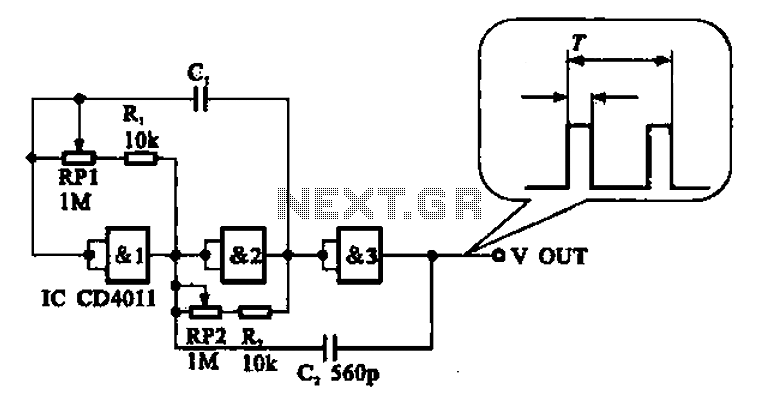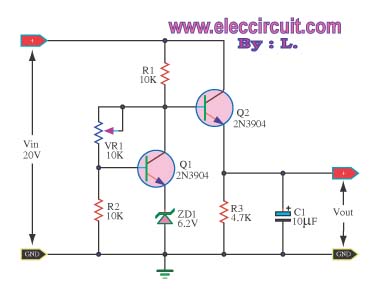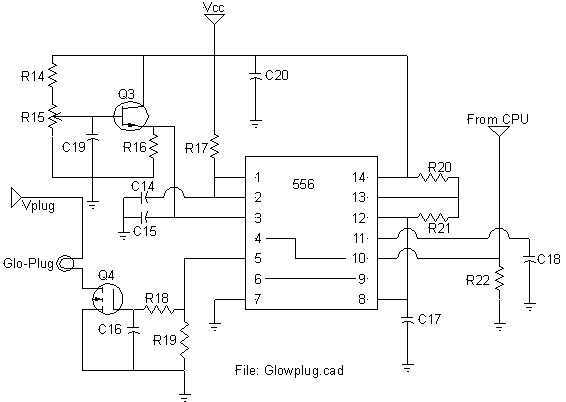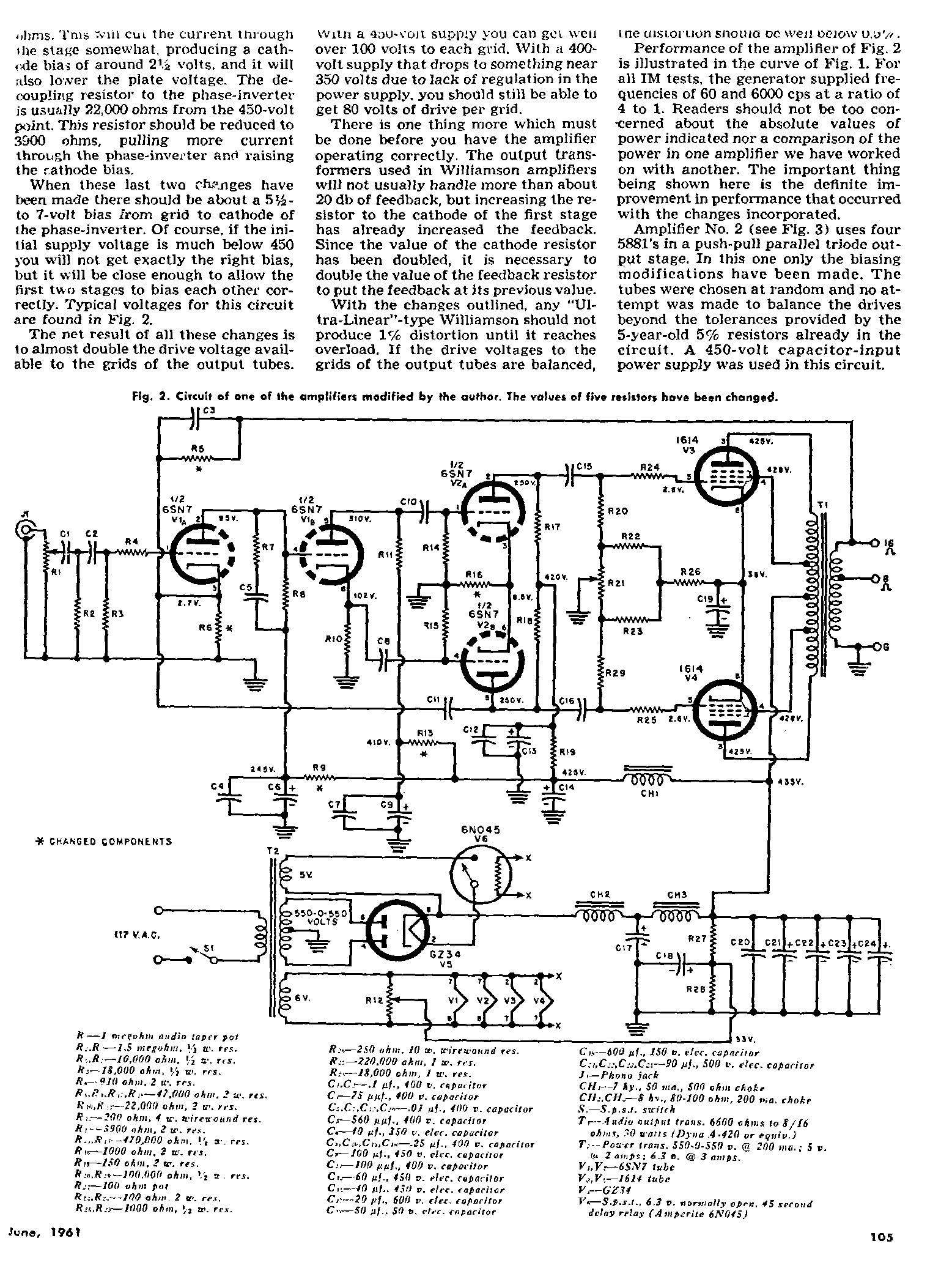
just sanity check transformers
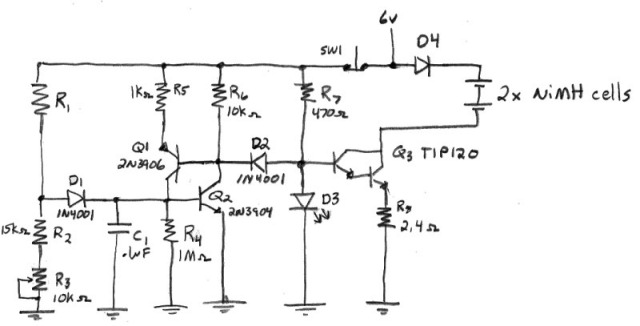
Designing a true constant-current AA NiMH charger requires selecting an appropriate power supply. The voltage must be high enough to prevent the constant current (CC) transistor from saturating, yet low enough to minimize power dissipation in the transistor. The design involves charging two separate banks of two NiMH cells in series at 0.3A (0.7A total for both banks), necessitating the use of two CC transistors in individual circuits, one for each bank. NiMH cells can reach voltages up to 1.6V (3.2V for two cells) before peaking, so a target voltage of around 6V DC is preferred. Concerns arise regarding the higher voltage output from the transformer. If the transformer provides 6.3V at 2A, the smaller load of approximately 0.7A will likely result in a higher output voltage. After rectification, the output voltage is estimated to be around 7.92V (considering a 0.7V loss from the rectifier). However, with a load of approximately 0.7A, the output may reach closer to 9V DC or higher. While regulating the supply to maintain a true 6V output is an option, distributing the thermal load across the two CC transistors is deemed preferable, as it only requires heatsinking those two transistors. If regulation is employed first, the CC transistor dissipation would indeed be lower, but the regulator would also require a heatsink, resulting in a similar thermal load, just distributed differently. The circuit functions effectively, charging at the specified 0.3A until the cell temperature reaches around 100°F (measured via a thermistor). At that point, the circuit halts charging and latches "off," preventing recharging even as the cells cool. The latched circuit can be reset using a momentary normally closed switch. A regulated bench supply is currently in use, but the goal is to create a portable unit with an integrated power supply. The transformer’s maximum output current will not change unless two secondary windings are connected in parallel; a center-tapped transformer does not allow this, and the secondary windings must be separate. There is also a misunderstanding regarding transformer ratings; a transformer rated at 12.6V at 1A (12.6W) wired for full-wave rectification does not reduce the voltage by half while doubling the current to 2A, which is beneficial since a 0.7A load is close to the 1A rating, ensuring that the transformer operates near its optimal load, resulting in a voltage closer to the desired range. If the unregulated voltage is around 9V and the target is 6V, regulation may not be necessary.
The design of the constant-current charger involves several critical components and considerations to ensure efficient operation and thermal management. The power supply selection is paramount; a transformer with a secondary output of approximately 6.3V at 2A is ideal, but the actual output under load conditions must be carefully calculated. The use of two separate CC transistors allows for independent control of each battery bank, enhancing the reliability and performance of the charging process.
The circuit should incorporate a precision voltage reference to ensure that the output voltage remains stable even with variations in load. This can be achieved through the use of a linear voltage regulator or a switching regulator, depending on the efficiency requirements. The CC transistors should be selected based on their thermal characteristics and current handling capabilities, ensuring that they can dissipate heat effectively without exceeding their maximum junction temperature.
Thermal management is a significant concern in this design. Heatsinks should be employed for the CC transistors to maintain their operating temperatures within safe limits. Additionally, the layout of the circuit should facilitate airflow around the components to further assist in cooling. The use of thermal paste between the transistors and heatsinks can enhance thermal conductivity.
The charging algorithm should include temperature monitoring via thermistors, which is already part of the design. Implementing a microcontroller could enable more sophisticated charging profiles, such as tapering the charge current as the battery approaches full charge or implementing safety features to prevent overcharging.
For the rectification stage, a full-wave bridge rectifier configuration is recommended to convert the AC voltage from the transformer to DC efficiently. Schottky diodes may be used for their low forward voltage drop, which minimizes power loss during the rectification process. Following rectification, a smoothing capacitor should be included to reduce voltage ripple and provide a stable DC output.
Finally, the design should include protection features such as fuse or circuit breaker to prevent damage in case of short circuits or overload conditions. This comprehensive approach to the charger design will ensure that it meets the requirements for a portable and efficient AA NiMH charging solution.Designing a true constant-current AA NiMH charger, and want to select a power supply that will be just right. I want a high enough voltage to that the CC transistor doesn`t saturate, yet low enough voltage to reduce the power dissipation in the transistor.
I plan to build a unit that will charge two seperate banks of 2 NiMH cells in series at0. 3A (0. 7A total for both banks), so I will be using two cc transistors in their own circuits, one for each 2 cell bank. NiMHs can reach as high as 1. 6v (3. 2v for 2 cells) before they peak, so I figure I want right around 6vdc. Next question: I am a little worried about the higher voltage this will produce. If this transformer provides 6. 3v @ 2A, the smaller load I will be placing on it (~0. 7A total) will cause the output to be higher than 6. 3v. After rectification and at 2A, the output should be 7. 92v (figuring rectifier 0. 7v loss). But since I will only be drawing ~0. 7A total, the output will be closer to 9v DC, if not higher. I know I could regulate the supply and feed the rest of the circuit true 6v, but I thought that splitting the thermal load across the two cc transistors would be preferable (only have to heatsink the two transistors). If I regulate it first, the cc transistor disspation will be lower true, but will still need to be on a heatsink, as well as the regulator.
Same thermal load, just split differently. What would you do Incidentally, the circuit I came up with works quite well. It charges at the specified 0. 3A until cell temperature reaches ~100*F (via thermistor). At that point, the circuit cuts the charge and latches "off", so even when the cells cool, the circuit will not start charging again. You reset the latched circuit via a momentary N. C. switch. I`ll provide the schematic once everything is worked out powersupply-wise if anyone cares. I`m using my regulated bench supply right now, but I want the end result to be portable, therefore small, and want it to have its own built-in supply.
The transformer will not change maximum output current unless it has two secondary windings connected parallel. With a center tapped transformer you can`t do it. The secondary windings must be separate! Next question: I am a little worried about the higher voltage this will produce. If this transformer provides 6. 3v @ 2A, the smaller load I will be placing on it (~0. 7A total) will cause the output to be higher than 6. 3v. After rectification and at 2A, the output should be 7. 92v (figuring rectifier 0. 7v loss). But since I will only be drawing ~0. 7A total, the output will be closer to 9v DC, if not higher. I know I could regulate the supply and feed the rest of the circuit true 6v, but I thought that splitting the thermal load across the two cc transistors would be preferable (only have to heatsink the two transistors).
If I regulate it first, the cc transistor disspation will be lower true, but will still need to be on a heatsink, as well as the regulator. Same thermal load, just split differently. What would you do The transformer will not change maximum output current unless it has two secondary windings connected parallel.
With a center tapped transformer you can`t do it. The secondary windings must be separate! Ok, thanks. I somehow got it stuck in my head that if a transformer was rated 12. 6v @ 1A (12. 6w), that wiring the secondary for full wave rectification would reduce the voltage by half, but increase the available current by the same amount, so 2A. That actually works more in my favor since 0. 7A load is pretty close to the 1A rating, so the transformer will be loaded more, and the voltage will be closer to the area I want.
I might not even need regulation. And actually, if the voltage is close enough, I won`t be able to use a regulator since dropout will become a concern. I was more concerned with power dissipation in a small area. If the unregulated voltage was 9v, and I wanted 6v, th 🔗 External reference
The design of the constant-current charger involves several critical components and considerations to ensure efficient operation and thermal management. The power supply selection is paramount; a transformer with a secondary output of approximately 6.3V at 2A is ideal, but the actual output under load conditions must be carefully calculated. The use of two separate CC transistors allows for independent control of each battery bank, enhancing the reliability and performance of the charging process.
The circuit should incorporate a precision voltage reference to ensure that the output voltage remains stable even with variations in load. This can be achieved through the use of a linear voltage regulator or a switching regulator, depending on the efficiency requirements. The CC transistors should be selected based on their thermal characteristics and current handling capabilities, ensuring that they can dissipate heat effectively without exceeding their maximum junction temperature.
Thermal management is a significant concern in this design. Heatsinks should be employed for the CC transistors to maintain their operating temperatures within safe limits. Additionally, the layout of the circuit should facilitate airflow around the components to further assist in cooling. The use of thermal paste between the transistors and heatsinks can enhance thermal conductivity.
The charging algorithm should include temperature monitoring via thermistors, which is already part of the design. Implementing a microcontroller could enable more sophisticated charging profiles, such as tapering the charge current as the battery approaches full charge or implementing safety features to prevent overcharging.
For the rectification stage, a full-wave bridge rectifier configuration is recommended to convert the AC voltage from the transformer to DC efficiently. Schottky diodes may be used for their low forward voltage drop, which minimizes power loss during the rectification process. Following rectification, a smoothing capacitor should be included to reduce voltage ripple and provide a stable DC output.
Finally, the design should include protection features such as fuse or circuit breaker to prevent damage in case of short circuits or overload conditions. This comprehensive approach to the charger design will ensure that it meets the requirements for a portable and efficient AA NiMH charging solution.Designing a true constant-current AA NiMH charger, and want to select a power supply that will be just right. I want a high enough voltage to that the CC transistor doesn`t saturate, yet low enough voltage to reduce the power dissipation in the transistor.
I plan to build a unit that will charge two seperate banks of 2 NiMH cells in series at0. 3A (0. 7A total for both banks), so I will be using two cc transistors in their own circuits, one for each 2 cell bank. NiMHs can reach as high as 1. 6v (3. 2v for 2 cells) before they peak, so I figure I want right around 6vdc. Next question: I am a little worried about the higher voltage this will produce. If this transformer provides 6. 3v @ 2A, the smaller load I will be placing on it (~0. 7A total) will cause the output to be higher than 6. 3v. After rectification and at 2A, the output should be 7. 92v (figuring rectifier 0. 7v loss). But since I will only be drawing ~0. 7A total, the output will be closer to 9v DC, if not higher. I know I could regulate the supply and feed the rest of the circuit true 6v, but I thought that splitting the thermal load across the two cc transistors would be preferable (only have to heatsink the two transistors). If I regulate it first, the cc transistor disspation will be lower true, but will still need to be on a heatsink, as well as the regulator.
Same thermal load, just split differently. What would you do Incidentally, the circuit I came up with works quite well. It charges at the specified 0. 3A until cell temperature reaches ~100*F (via thermistor). At that point, the circuit cuts the charge and latches "off", so even when the cells cool, the circuit will not start charging again. You reset the latched circuit via a momentary N. C. switch. I`ll provide the schematic once everything is worked out powersupply-wise if anyone cares. I`m using my regulated bench supply right now, but I want the end result to be portable, therefore small, and want it to have its own built-in supply.
The transformer will not change maximum output current unless it has two secondary windings connected parallel. With a center tapped transformer you can`t do it. The secondary windings must be separate! Next question: I am a little worried about the higher voltage this will produce. If this transformer provides 6. 3v @ 2A, the smaller load I will be placing on it (~0. 7A total) will cause the output to be higher than 6. 3v. After rectification and at 2A, the output should be 7. 92v (figuring rectifier 0. 7v loss). But since I will only be drawing ~0. 7A total, the output will be closer to 9v DC, if not higher. I know I could regulate the supply and feed the rest of the circuit true 6v, but I thought that splitting the thermal load across the two cc transistors would be preferable (only have to heatsink the two transistors).
If I regulate it first, the cc transistor disspation will be lower true, but will still need to be on a heatsink, as well as the regulator. Same thermal load, just split differently. What would you do The transformer will not change maximum output current unless it has two secondary windings connected parallel.
With a center tapped transformer you can`t do it. The secondary windings must be separate! Ok, thanks. I somehow got it stuck in my head that if a transformer was rated 12. 6v @ 1A (12. 6w), that wiring the secondary for full wave rectification would reduce the voltage by half, but increase the available current by the same amount, so 2A. That actually works more in my favor since 0. 7A load is pretty close to the 1A rating, so the transformer will be loaded more, and the voltage will be closer to the area I want.
I might not even need regulation. And actually, if the voltage is close enough, I won`t be able to use a regulator since dropout will become a concern. I was more concerned with power dissipation in a small area. If the unregulated voltage was 9v, and I wanted 6v, th 🔗 External reference

